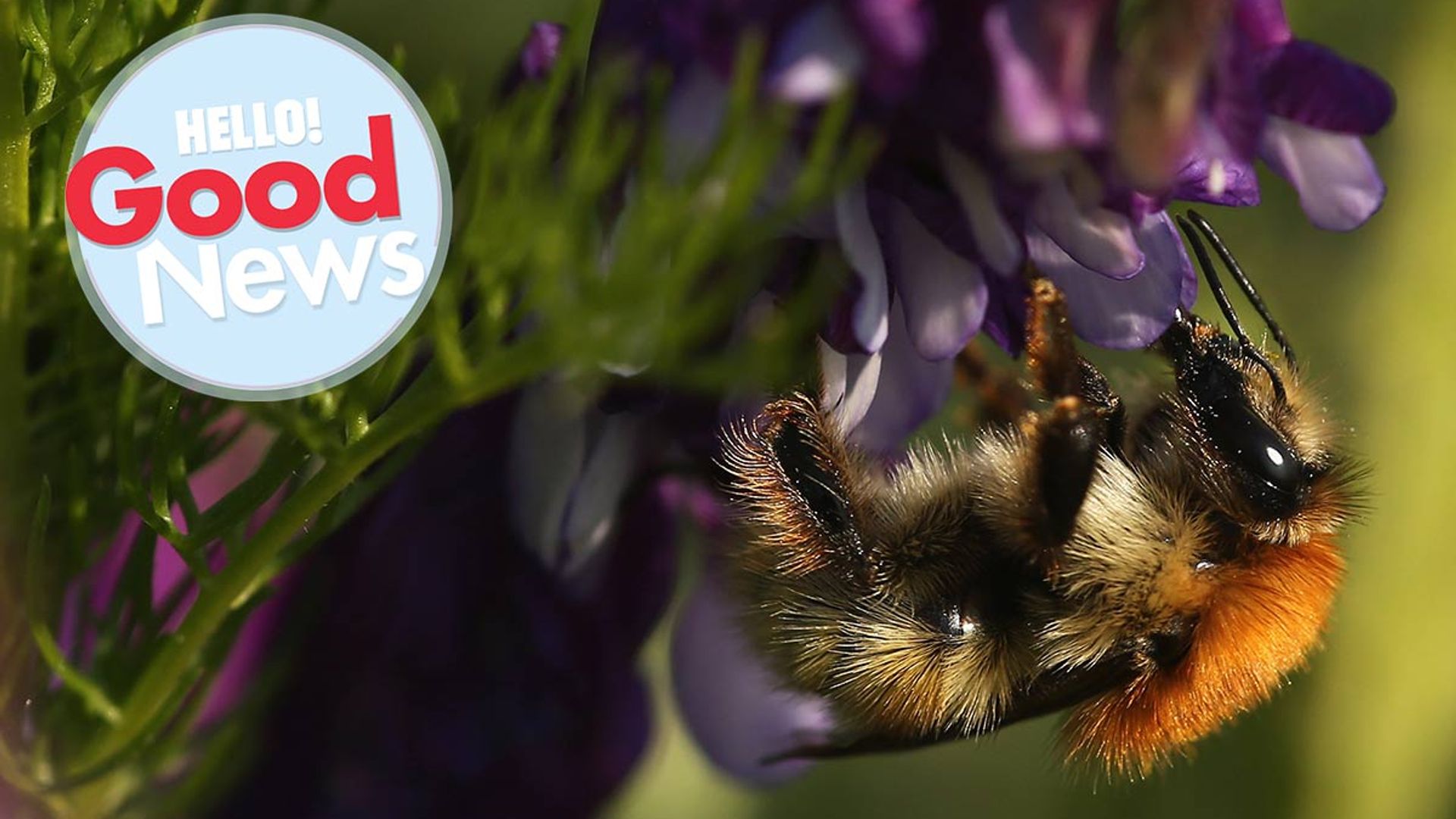With the number of bumblebees in serious decline, there's some amazing news from the beehive – one species is now thriving! The ultra-rare endangered Shrill carder bee is booming, thanks to two bee-friendly locations. The National Trust's Lytes Cary Manor and estate in Somerset, and the RSPB's Rainham Marshes site in Essex have been designated as "exemplary" sites in England for the Shrill carder bee, with populations on the up. Both places were awarded the honour after almost a decade of creating bee-friendly conservation areas, from planting flowers that are rich sources of nectar to protecting areas of land that the bees love to live in.
The RSPB's Rainham Marshes in Essex is a bee-championing site
AMAZING: The Arctic's largest ever ozone layer hole as closed - all by itself
Sinead Lynch, Conservation Manager at the Bumblebee Conservation Trust who, along with Buglife handed out the accolades, said: "With the National Trust being one of the largest landowners of flower-rich grasslands, its involvement is crucial for the conservation and recovery of the species. Choosing champion sites in our Back from the Brink Shrill carder bee project helps to highlight and celebrate where the species are doing well and gives us great case studies to help people to learn about the positive management of the species which in turn helps to secure its long term future."
The Shrill carder bee is small, straw coloured and has distinctive black stripes
WATCH: The blind puppy who has his very own guide dog
Named for its high-pitched buzz, the Shrill carder bee is one of England's rarest and most threatened bumblebees. Under threat due to the losses of rich, wildflower fields and sites since the 1950s, the Shrill carder bee is small, straw-coloured and recognised by its distinctive black stripes. The queen bees need long, tufty grassland to hide their nests, and they’ll produce around 50–70 workers in each colony. Shrill Carder Bees were once found throughout southern Britain, but now only tiny clusters of the bee's former population are still holding on - two in England and three in South Wales.
Do you have some Good News you'd like to shout about? Email our Good News ambassador Toff at toff@hellomagazine.com to share your story and visit our Good News channel for more feel-good stories.











